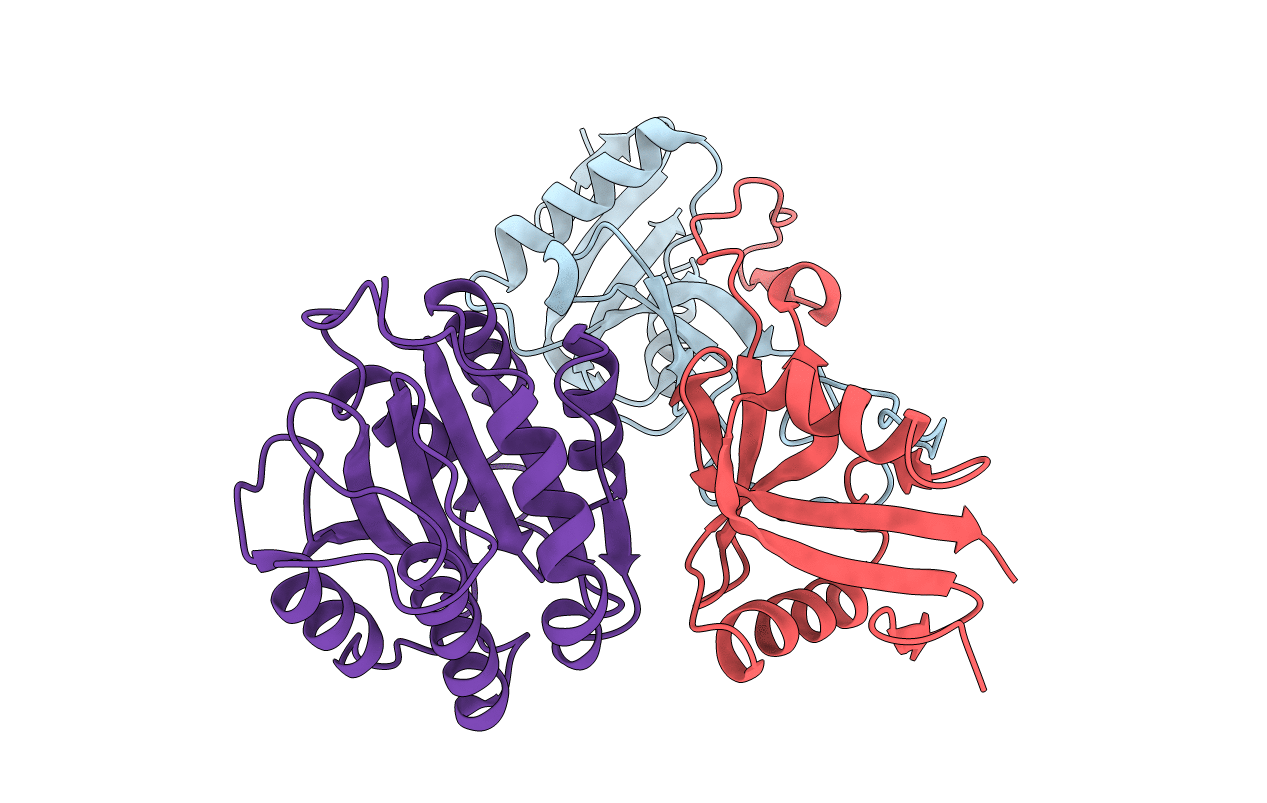
Deposition Date
2003-05-22
Release Date
2003-09-30
Last Version Date
2024-10-09
Entry Detail
PDB ID:
1UEX
Keywords:
Title:
Crystal structure of von Willebrand Factor A1 domain complexed with snake venom bitiscetin
Biological Source:
Source Organism:
Homo sapiens (Taxon ID: 9606)
Bitis arietans (Taxon ID: 8692)
Bitis arietans (Taxon ID: 8692)
Host Organism:
Method Details:
Experimental Method:
Resolution:
2.85 Å
R-Value Free:
0.27
R-Value Work:
0.19
Space Group:
P 43


